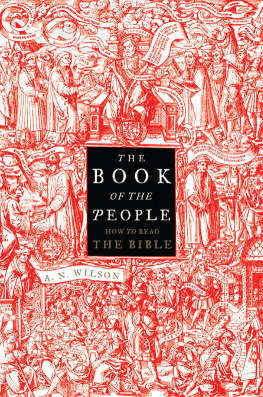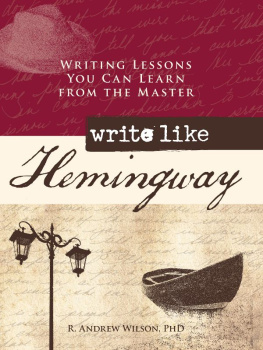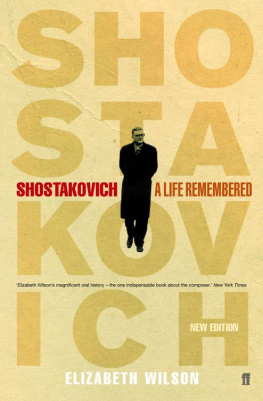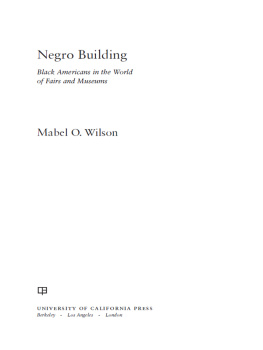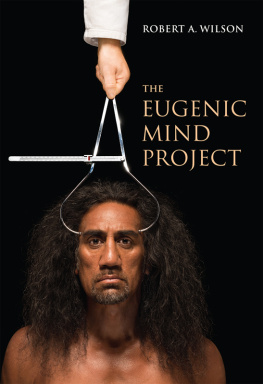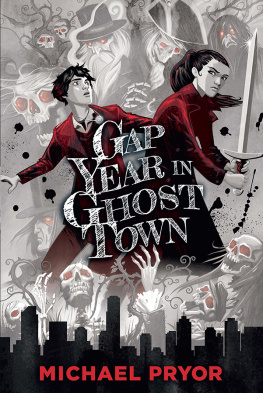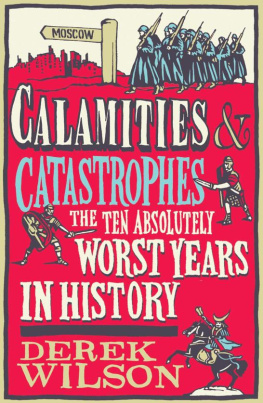Human societies may disintegrate for any one of a number of reasons conquest, pestilence, internal strife or government incompetence. The tragedy which befell the civilisations of the Mediterranean world in 5412 and undermined its two dominant empires was that all these woes fell upon them at the same time.
The empires in question were Rome and Persia. Both these mighty states could look back on a long and glorious past. They had increased their boundaries, built fine cities and established peace and firm government over their subject peoples. By the sixth century such achievements lay in a distant past, preserved only in imperial chronicles. But the tide of history had turned again a fact that made the disasters of this year particularly poignant since they fell upon resurgent empires, empires that were just beginning to recover part of their former glory.
In the second century AD the Roman Empire had constituted a continuous band of territory from what is now Portugal to Iran. But, by the 520s, under pressure from barbarian tribes from central Asia and northern Europe, its borders had shrunk to an area bordering the eastern Mediterranean from the Adriatic coast to the Nile valley. In fact, strictly speaking, it was no longer a Roman empire. The Emperor Constantine, who had ruled from 312 to 337, had made two major strategic decisions . He had moved his capital from Rome to Byzantium, on the Bosphorus, which he renamed Constantinople. The new centre was better placed for guarding the empires Danube and Euphrates borders. He had also replaced a welter of pagan religions with one official religion Christianity. This gave the heterogeneous empire a philosophical/political unity. Henceforth Christianity and classical culture would constitute the ideological foundation on which European civilisation was built.
The empire was stabilised under rule from two centres, Rome and Constantinople. However, when, in 527, Justinian I came to the throne, the civilisation was looking far from secure. What had been the Western Empire had become a patchwork of barbarian kingdoms Visigoths ruled what is now Spain, Vandals controlled North Africa, Burgundians and Franks had divided between them what is modern France. Scandinavian and north German tribes competed for Britain, and Ostrogoths were masters of Italy. The Eastern Roman Empire, usually called the Byzantine Empire was hard-pressed by Huns in the North and a revived Persian Empire in the East. In 540 a Bulgar army raided right up to the walls of Constantinople. And as if that wasnt bad enough, the Byzantine Empire itself was divided by competing versions of Christianity.
Seen against this background, the achievements of Justinian seem truly remarkable. He completely turned the tide of Byzantine affairs. If he had not had to face a variety of misfortunes which eventually proved to be overwhelming, he might well have restored the power and glory of ancient Rome. This emperor was as forceful and ruthless as he was intelligent . There was no area of life on which he did not set his stamp. After the Bulgar raid he completely rebuilt the fortifications along the northern border. He recodified the laws. He imposed uniformity on the feuding religious factions and made himself the supreme authority in Church as well as state. He outlawed heretics and homosexuals. He forced through administrative and financial reforms, improved the defensive fortifications of the empire and built several churches. The material symbol of his greatness can still be seen in the magnificent Church of Santa Sophia (now a mosque), with its huge dome, which still crowns the skyline of Constantinople (now named Istanbul).
Establishing strong government after years of corruption and administrative incompetence called for ruthlessness. The emperor was hard and uncompromising and he was aided in his reforming programme by some powerful advisers and agents. Foremost among them was his wife, the Empress Theodora. Theodora is one of the most extraordinary women in all of ancient history, and certainly the most important in the story of the Byzantine Empire. Before Justinian made her his mistress and later, his wife, she had been an actress and a woman of very dubious morality. But she was mentally strong and highly intelligent. She came to exercise considerable power and even had a pope deposed on her sole authority. Justinian relied heavily on her advice and she was at her best in times of crisis. On many occasions, the emperor would have abandoned his plans in the light of strong opposition had not Theodora provided an example of unflinching leadership.
Justinian was also fortunate in having in his service a talented administrator and legal adviser: John the Cappadocian. John was a born bureaucrat with a clear mind unclouded by compassion or human sympathy. Justinians reforms would have been quite impossible without an administrator as single-minded as he was himself. It was John who helped to draw up the new legal code, and he imposed it without fear or favour. Justinian appointed him praetorian prefect of the Eastern Empire, with widespread powers to levy taxes and oversee regional governments. John weeded out ineffective officials and men who were using their office to amass personal fortunes. As far as possible he replaced them with others chosen on merit. He was not afraid to stand up to the emperor or to attempt to dissuade him from policies such as foreign wars, which would deplete the treasury and divert funds from administrative reconstruction. Inevitably, his draconian measures aroused opposition . This diatribe by one of his enemies indicates how much he was hated:
the villainous John the Cappadocian proceeded to cause misfortunes that were felt by the general public. First, he set out chains and shackles, stocks and irons. Within the praetors court he established a private prison there in the darkness for punishments that were inflicted upon those who came under his authority There he shut up those who were being subject to restraint. He exempted no one, whatever his station, from torture. He has no compunction about stringing up, without holding an enquiry, those among whom the only information that had been laid was that they possessed gold they were either stripped of all they possessed or dead before he let them go A certain Antiochus, who was advanced in years at the time when this happened, was named by an informer who told a tale to John that he possessed some gold. So John arrested him and strung him up by the hands, which were fastened by strong, fine cords, until the old man, who denied the charge, was a corpse.
Justinians reign coincided with that of another great ruler in Persia. Khusro I (sometimes spelled Chosroes), who ruled from 531 to 579, was the most outstanding king of the Sassanid dynasty. The Sassanian Empire, founded in 221, had, at its apogee, extended from what is now Turkey to Pakistan and from the Caspian Sea to both shores of the Persian Gulf. However, like the Roman Empire, it had passed its peak by the early sixth century. Enter Khusro I. He was, in many ways, similar to Justinian forceful and ruthless, an administrative reformer and a builder who left behind several new palaces, fortifications and even towns. Khusro presided over a cultural renaissance. A Christian chronicler, John of Ephesus, wrote of him:
He was a prudent and wise man, and all his lifetime took pains to collect the religious books of all creeds, and read and study them, that he might learn which were true and wise and which were foolish.
Under Khusro, Sassanian art reached its peak of achievement. Everything from clay seals, silverware, pottery and glass to monumental palace architecture testified to the aesthetic refinement, wealth and power of the dynasty. When pagan philosophers were expelled from Athens, Khusro welcomed them to his own capital of Ctesiphon, a city as grand as Constantinople, but now vanished. At the same time he introduced from India the game of chess.


